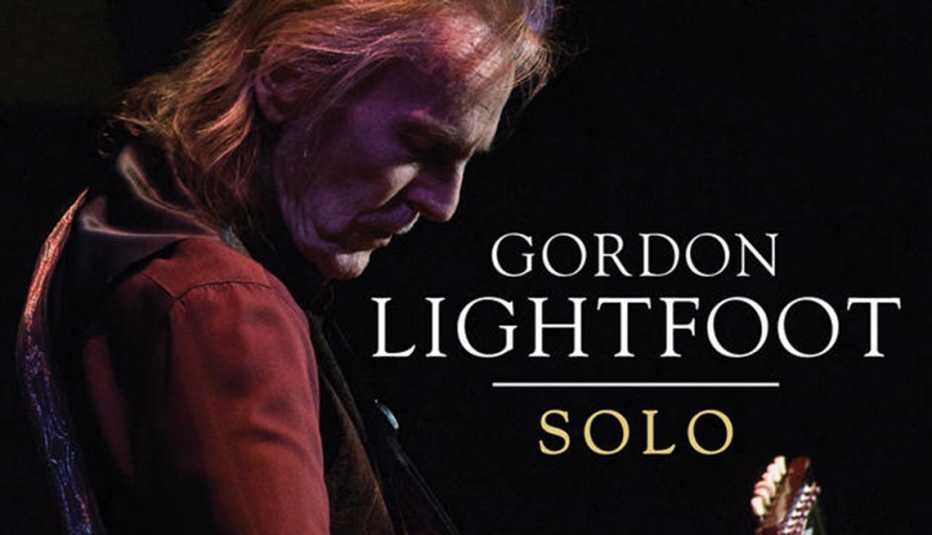Staying Fit


It's not easy to nail down Gordon Lightfoot to talk about his new album, Solo, and his six-decade career. At age 81, the legendary Canadian singer-songwriter is on the road 100 days a year, and when he's home, he's in the gym. Of course, right now, in the midst of the Coronavirus, he’s staying put. But normally, "I exercise right up until the last minute,” he says in the unmistakable voice of such ‘70s folk-pop hits as “Sundown,” “Carefree Highway” and “Rainy Day People.”
"I belong to a club and I exercise slightly over 200 times a year. It's a must, because I know it's helping my singing. I always want to do the best show I can possibly do. And it's keeping me strong.”


AARP Membership— $12 for your first year when you sign up for Automatic Renewal
Get instant access to members-only products and hundreds of discounts, a free second membership, and a subscription to AARP the Magazine.
The fact that an octogenarian keeps such a regimented schedule might not seem that remarkable, except that Lightfoot has beaten some fairly hefty odds to keep on doing what he loves.
For entertainment news, advice and more, get AARP’s monthly Lifestyle newsletter.
In 2006, he suffered a minor stroke in the middle of a concert. Nine days later, he was back performing. But without full use of his middle and ring fingers on his right hand, he relied on another guitarist for the more intricate guitar work. By the following year, he had made a full recovery and was back to performing all of his guitar parts.
The stroke came on the heels of a far more serious event, a near-fatal abdominal aortic aneurysm in September 2002. One moment, he experienced severe stomach pain, and the next thing he knew, he woke up to learn that he'd been in a six-week coma.
Lightfoot endured four surgeries, a tracheotomy and temporary hearing loss, but worked from his hospital bed to improve his diminished motor skills and overcome vocal strain. At home, it took him six months to regain his performance voice, all the while practicing guitar ("my main hobby"), something he still does every day, often while watching television.
In the months before his aneurysm, he had written and laid down voice and guitar demos of some 19 new songs. Over the next two years, while he continued to recover, he polished those recordings. But once he resumed his touring, he forgot about them. Then roughly three years ago, he found those songs in a pile of gifts while moving his office.
Nine of them now form the basis for his new album. He went back into the studio to add a new song, “Easy Flo,” for a total of 10.
Solo, out March 20, is his first album of original new material since 2004's Harmony, though he released a concert recording (All Live) in 2012.


































































More on Entertainment
Garth Brooks Adds to Award Collection
Country superstar gets Gershwin PrizeThe Oak Ridge Boys Don't Quit
The country music foursome is still singing together — and fighting fraud with AARP
Huey Lewis' New Album May Be His Last
The singer discusses his Ménière's disease and future in music